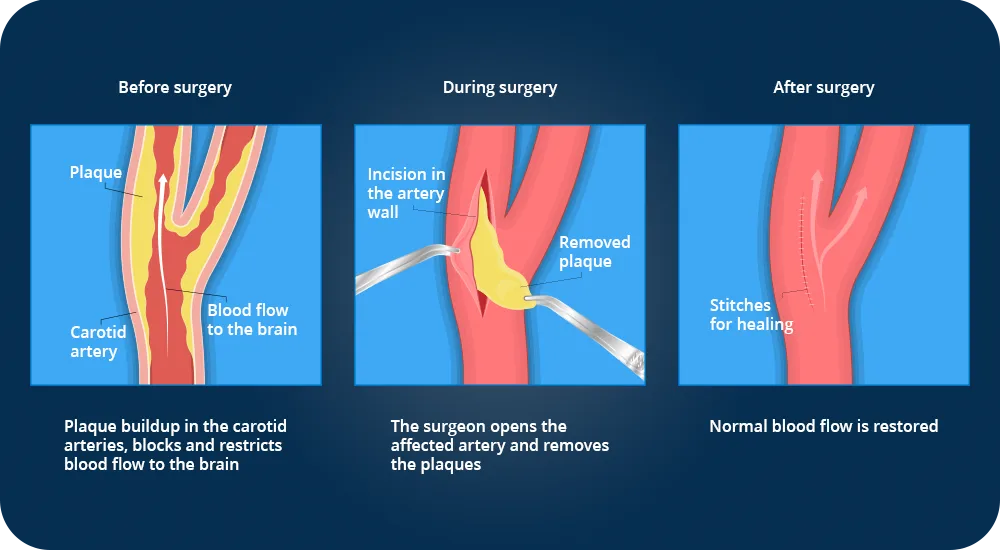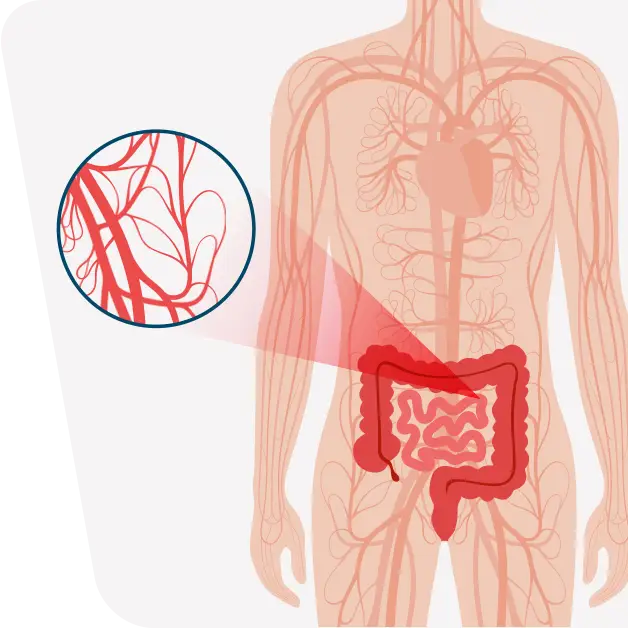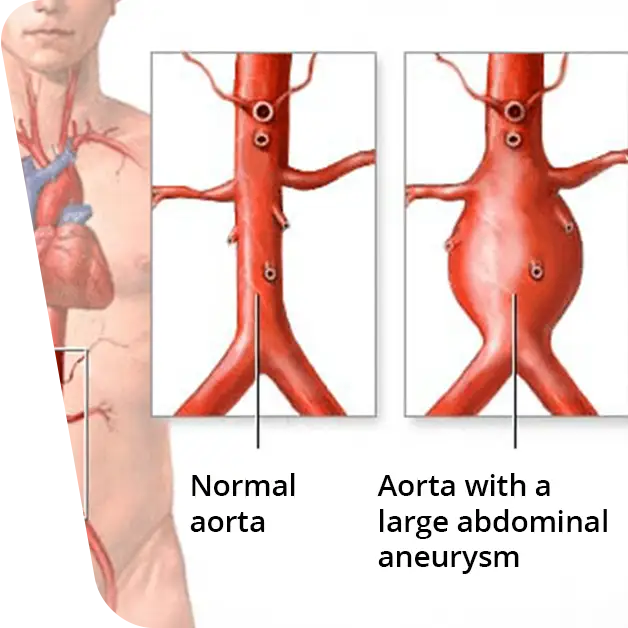The carotid arteries, which are located on either side of the neck, help enough oxygen-rich blood to reach the brain and face so that they function properly. If the blood flow to the brain is restricted or blocked, you are likely to suffer a stroke.
Table of contents
ToggleWhat is carotid artery disease?
Carotid artery disease occurs when fatty deposits (plaques) clog the blood vessels that deliver blood to your brain and head (carotid arteries). The blockage increases your risk of stroke, a medical emergency that occurs when the blood supply to the brain is interrupted or seriously reduced. If you have this condition, your carotid artery narrows because of plaque (a substance made up of compounds such as fat, cholesterol, and calcium, which builds up in the carotid artery and narrows or blocks it). This narrowing is called stenosis and can restrict blood flow.
Pieces of this plaque can break off and move to a smaller artery in the brain. If this happens, it can cause an embolism (sudden blockage of an artery with a blood clot). If the narrowing is significant enough, it can completely cut off blood flow to the brain and cause a stroke.
What is a carotid endarterectomy (CEA)
If the carotid artery is narrowed or blocked, your doctor may perform a carotid endarterectomy (CEA), which is also called carotid artery surgery. This is designed to remove blockages that prevent normal blood flow and minimize the risk of stroke.
By performing carotid artery surgery, your doctor helps keep blood flowing to the brain to prevent strokes.
Carotid endarterectomy also helps prevent a transient ischemic attack (TIA). A TIA has the symptoms of a stroke – such as numbness, difficulty speaking or seeing, and trouble walking – but they last for a short period of time.
When is carotid artery surgery recommended?
Your doctor may recommend carotid endarterectomy if you meet certain criteria:
- You have already had a stroke.
- You have already had a TIA.
- Your carotid artery blockage is severe (>70%) but not complete.
Preparing for carotid endarterectomy
Before the operation, your doctor will carry out some tests to see exactly what the condition of your arteries is, including.
What happens during carotid artery surgery?
Your doctor will admit you to hospital and the operation usually takes a few hours. You’ll be given a general anesthetic, and then your surgeon will cut into the artery and remove the blockage. If the specialist wants to see how your brain responds to the operation, he or she will use a local anesthetic to numb the part of your neck where the procedure is needed.
He or she will use a clamp that will temporarily stop the blood to clean out the artery, but there is no need to worry. Blood will still get to your brain through the other carotid artery. A tube could also be used to redirect blood flow around the artery undergoing surgery.
Once the doctor removes the blockage, he or she will sew the artery open, and the incision site will be closed with stitches.

Recovery after carotid artery surgery
After surgery, you will need to stay in hospital for 24 hours for your doctor to make sure the operation went well and there is no bleeding, poor blood flow to the brain or other possible risk factors that could lead to a stroke.
In the next few days after the procedure you may experience discomfort such as pain, numbness, swelling and bruising in your throat or you may find it difficult to swallow. In this case, you need to talk to your doctor who will prescribe or administer appropriate medication.
Also, for up to two weeks after the procedure it is advisable to avoid heavy lifting and driving. Your doctor will tell you specifically when you can return to your daily routine.
CEA, a safe procedure
CEA is considered a safe procedure that can greatly reduce the risk of stroke if you have carotid artery disease.
Alternatives to carotid endarterectomy – Carotid stenting
A carotid artery stent is another surgical alternative to a CEA. During this procedure, a thin cylindrical metal mesh called a stent is inserted into the artery, and the mesh is inflated with a balloon to keep the artery open.
However, your doctor will tell you exactly which procedure is right for you.
Can carotid artery disease be prevented?
There are various steps you can take to reduce your chances of developing carotid artery disease, including: quitting smoking, limiting cholesterol and fat, exercising, cutting down on alcohol consumption, maintaining an optimal weight.
We recommend that you make regular visits to your doctor and ask for advice on how to maintain your heart and blood vessel health.
But if you do have problems, you can confidently turn to our doctors at VenArt.
Why choose VenArt Clinic for carotid artery surgery?
At VenArt Clinic, we are experts in carotid endarterectomy, with our doctors having decades of experience and specializing in renowned clinics in Europe and the US.
If carotid artery surgery is not the best option for you, we will recommend other treatments more suited to your individual circumstances.
If you would like a consultation, please do not hesitate to contact us.







